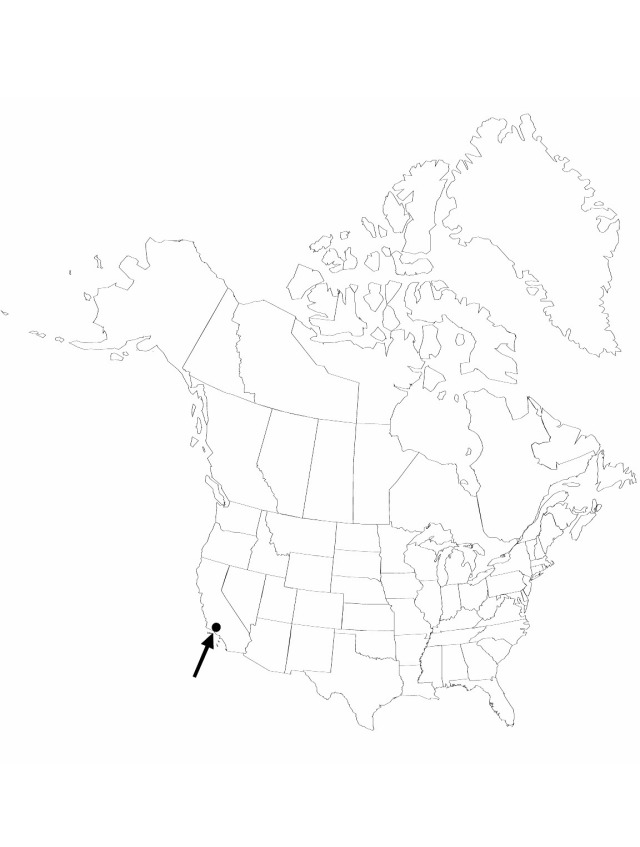Eriocaulon microcephalum
in A. von Humboldt et al.,Nov. Gen. Sp. 1: 253. 1816.
Herbs, perennial, to 5 cm. Leaves: narrowly triangular-acuminate, 1.5–3 cm, apex narrow, blunt, calloused. Inflorescences: scape sheaths mostly shorter than longer leaves, dilated apically; scapes linear, 1 mm wide, distally 4–5-ribbed; mature heads pale, hemispheric to globose, 3–4 mm wide, soft; receptacle glabrous or sparsely pilose; involucral-bracts erect or ascending, nearly covering head, yellow-white or yellowbrown, broadly obovate to suborbiculate, grading narrower inward, 2 mm, margins entire, erose with age, apex rounded, surfaces glabrous; receptacular bracteoles dark-brown, narrowly obovate, 2 mm, margins entire, erose with age, apex obtuse, margins and abaxial surface with scattered, stubby, white, multicellular hairs. Staminate flowers: sepals 3, gray, cuneate-spatulate, 2 mm; apex shallowly 3-cleft, surfaces distally hairy, ciliolate, hairs white, stubby; androphore cylindric; petals 3, minute, unequal, white-ciliate; stamens 6; anthers nearly black. Pistillate flowers: sepals 3, gray, translucent, curved, keeled, 2 mm, apex rounded, apiculate, ciliate, hairy with white, blunt hairs; petals 3, yellow-white, oblong or narrowly spatulate, flat, 2 mm, apex rounded, blade adaxially pilose with translucent hairs, apically ciliate with white hairs; pistil 3-carpellate. Seeds rich redbrown, ovoid or ellipsoid, 0.6–0.8 mm, faintly reticulate with horizontally aligned rectangular alveolae.
Phenology: Flowering summer–fall.
Habitat: Moist boggy upland meadows (paramos), western-montane
Elevation: above 1000 m
Distribution

Calif., Mexico, Central America, South America
Discussion
Eriocaulon microcephalum is known in the flora only from one locality, Kern County, California; this was a collection by L. J. Xantus de Vesey in 1857–58 from "vicinity of Fort Tijon." It has not been found since. The specimen differs, however, in no way from those I have seen throughout the range, and in light of the number of Mexican western cordilleran plant species that have been continuously discovered in California, it seems best to include the species here.
Selected References
None.
Lower Taxa
"narrowing" is not a number."narrower" is not a number.